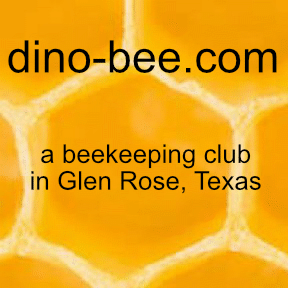The Top 5 Gardening Books that Aren’t About Gardening
/Admit it. You are sick of reading about soil Ph, lasagna gardening, soil microbes, heirloom asparagus, controlling aphids, yada, yada, yada. Take a much needed break from HTGBF (How-to Garden Book Fatigue). Check out my Top 5 gardening books that aren’t about gardening.
The Founding Gardeners
Andrea Wulf
In 1771 John Adams declared cow poop in England was good “...but is not equal to mine”. Adams was talking garden compost. Washington, Jefferson, Adams, and Madison were all avid gardeners. They constantly searched for new plant varieties, new growing techniques, and new gardening technologies. This book tells the story of the founding fathers’ gardens, and how they planned to turn the young United States into an agricultural powerhouse.
A Philosophy of Gardens
David E. Cooper
Is a garden art? Is a garden an essential component of the “Good Life”? Should we think about a garden the same way we think about a painting or sculpture? These are the questions Cooper dissect in his book. Why bother (you may be thinking)? Dr. Cooper, for one, contends philosophers have too long ignored the underlying aesthetics of gardens and gardening in favor of more traditional art forms. He intends to set the record straight. Read this book and you may never think of your garden the same way again.
Radical Gardening: Politics, Idealism, and Rebellion in the Garden
George McKay
Isn’t a social statement something printed on a T-shirt? In this book, the author says “NO”. McKay explores gardens as a response to social movement; symbols of community activism; and even vehicles for propaganda. From gardens grown by allied prisoners in German POW camps to the gardens in London’s Tavistock Square, this book is chocked full of fascinating examples.
The Garden of Invention
Jane S. Smith
You’ve probably never heard of Luther Burbank. At the beginning of the 20th century, Burbank was the nations most successful (and famous) breeder of new garden plant varieties. Burbank’s work has been credited with saving millions from starvation. He developed the thornless prickly pear as a cattle feed during drought. The most widely used potato we have today is a Burbank development. This book is Burbank’s story - from his humble beginnings in XXX to his world famous development gardens in XXX. Read this book and you’ll see why Luther Burbank is truly one of our must important unsung heroes.
The Tomato in America
Andrew F. Smith
The year was 1820 in bustling Salem, New Jersey. Robert Gibbon Johnson stood in the middle of town and ate a tomato - a fruit thought to be highly poisonous. A large crowd had gathered intending to watch Johnson die a hideous death. He did not die, and the tomato was on its way to become most popular crop in American gardens. Smith’s book traces the tomato’s journey through American culture, medicine, and cuisine.









